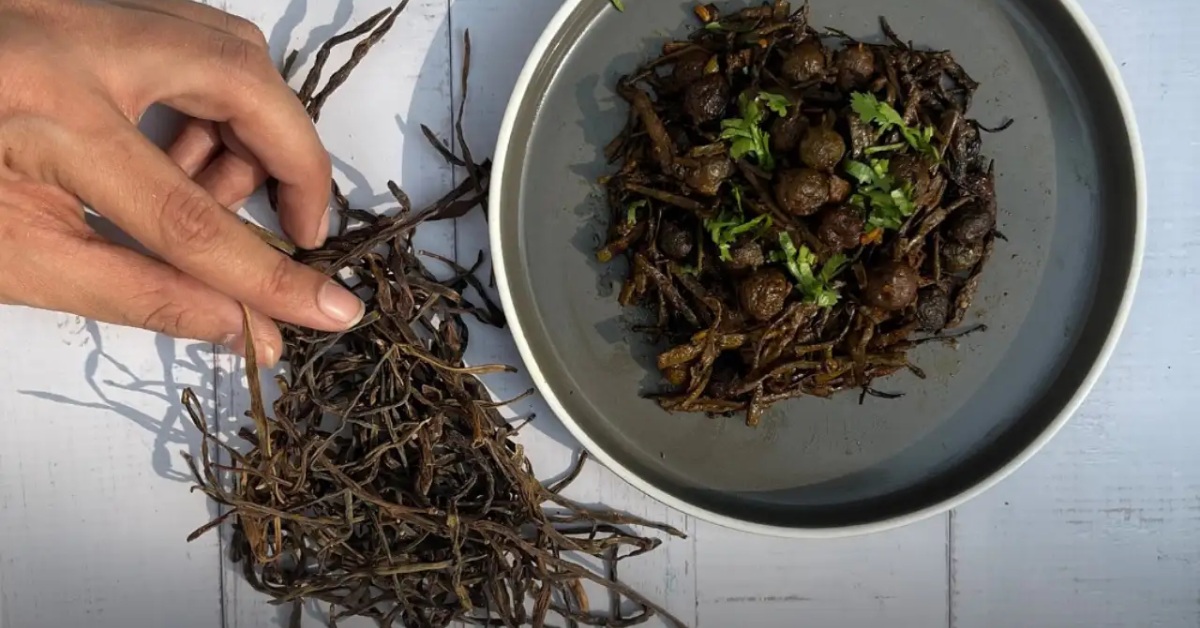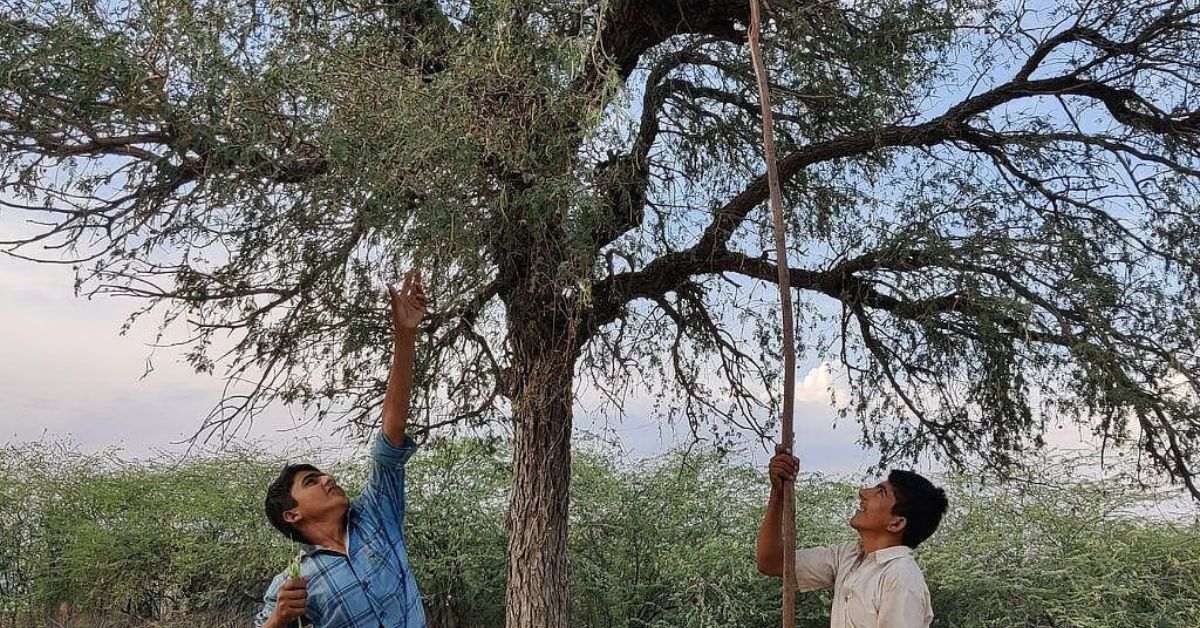What Makes Ker Sangri So Special? The GI Tag Explained
Rajasthan’s beloved Sangri — the slender bean that adds a unique flavour to Rajasthani kitchens — has just been awarded a Geographical Indication (GI) tag. This is a proud moment for the state and a big win for traditional Indian foods getting the recognition they deserve.
Ask someone from Rajasthan about Ker Sangri, and you’ll likely see a smile of familiarity — and maybe even hear a story or two. The dish, made using the dried berries of the Ker shrub (Capparis decidua) and the Sangri beans from the Khejri tree, is deeply rooted in everyday meals, festivals, and family traditions across the region.
But what does this GI tag actually mean for Sangri — and for the people who grow and cook with it? Here’s what you need to know.
What is GI Tag?
A Geographical Indication (GI) Tag is a certification given to a product that originates from a specific geographical location and possesses qualities, reputation, or characteristics inherent to that place. This tag helps protect the identity of traditional products and ensures that only products genuinely originating from the designated area are allowed to use the name.
 A GI Tag guarantees that a product, like Ker Sangri, is authentic and follows traditional methods. Picture source: The Kindness Meal
A GI Tag guarantees that a product, like Ker Sangri, is authentic and follows traditional methods. Picture source: The Kindness Meal
In simpler terms, a GI Tag guarantees that a product, like Ker Sangri, is authentic, has been made using local knowledge, and follows traditional methods. It protects Ker Sangri from being replicated by producers outside the region. It ensures that only products from Rajasthan made using traditional methods can carry the name Ker Sangri. This protects the uniqueness of the dish and prevents fake or substandard versions from entering the market.
The GI Tag also supports the local economy by ensuring that farmers who grow Ker and Sangri and artisans who prepare the dish are fairly compensated for their work.
What most people don’t know about Rajasthan’s Ker Sangri
What makes Ker Sangri truly special isn’t just its bold flavour — it’s the incredible story of how it came to be a Rajasthani staple. Grown in the arid, unforgiving stretches of the Thar Desert, Ker (a wild berry) and Sangri (the slender pods of the Khejri tree) are ingredients born of necessity. In times of drought or famine, when fresh vegetables were scarce, these hardy, drought-resistant plants became lifelines for local communities.
Even today, Ker is often handpicked in the wild before camels or goats can reach it. Bitter when raw, it undergoes a transformation when soaked, boiled, and cooked with Sangri, yoghurt, red chillies, and spices. The result is something unforgettable — tangy, spicy, earthy, and deeply satisfying.
A survival food turned superfood
What began as a survival food has now become a sought-after delicacy, celebrated not just for its taste but also for its health benefits. Low in fat, high in fibre, and packed with antioxidants, Ker Sangri is known to aid digestion, reduce cholesterol, and support gut health. It’s typically paired with Bajra Roti and ghee — a nutrient-dense, balanced meal ideal for desert living.
 Sangri pods grow on the Khejri tree, which is central to the Bishnoi Community. Picture source: Down To Earth
Sangri pods grow on the Khejri tree, which is central to the Bishnoi Community. Picture source: Down To Earth
Sacred tree, sacred food
The Sangri pods grow on the Khejri tree (Prosopis cineraria), which holds sacred significance in Rajasthan. It’s the state tree, and in many communities, cutting it down is discouraged or even forbidden. The tree is also central to the Bishnoi community, known for their fierce protection of flora and fauna. Historically, women of the community have even sacrificed their lives to protect Khejri trees — that’s how closely food, faith, and environment are linked here.
Once seen as a “famine food,” Ker Sangri has made its way from humble rural kitchens to gourmet restaurants and boutique hotels. With the GI tag, it’s now protected as a region-specific culinary treasure — much like Alphonso mangoes from Maharashtra or Darjeeling tea.
A dish with its own season
Did you know that Ker Sangri is also seasonal? The pods are harvested in the peak summer months of May and June, then sun-dried to be preserved for year-round use. Locals often store large quantities for festive meals or special occasions. The drying process itself is a tradition, involving entire families and communities who spread the produce out on rooftops or courtyards.
So next time you’re in Rajasthan, skip the paneer and butter chicken — and try a spoonful of this earthy, flavourful delicacy that tells a story of tradition, resilience, and the magic of making the most of what nature offers.
Edited by Leila Badyari
News